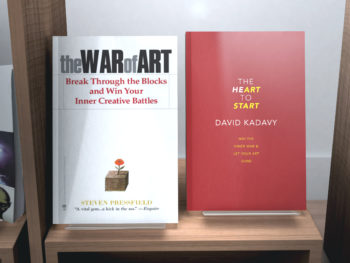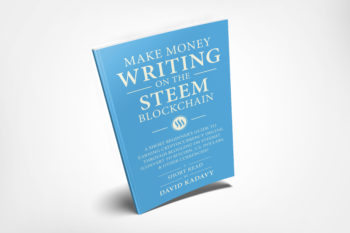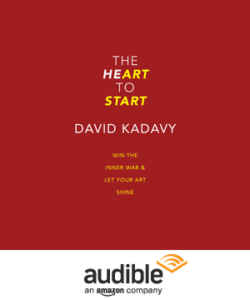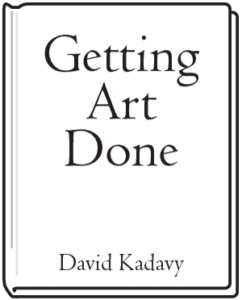Mind Management, Not Time Management audiobook now on Audible (& others)
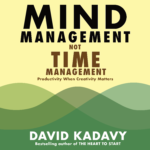 I just got word that the Mind Management, Not Time Management audiobook is now live on Audible.com. (You can listen free, with a new trial membership). It’s almost five months since the book debuted, so I’m relieved to finally have it live. I’m also excited, because this is no doubt my best audiobook ever. It represents many hours of recording and editing work by myself and my audio team. keep on reading »
I just got word that the Mind Management, Not Time Management audiobook is now live on Audible.com. (You can listen free, with a new trial membership). It’s almost five months since the book debuted, so I’m relieved to finally have it live. I’m also excited, because this is no doubt my best audiobook ever. It represents many hours of recording and editing work by myself and my audio team. keep on reading »


